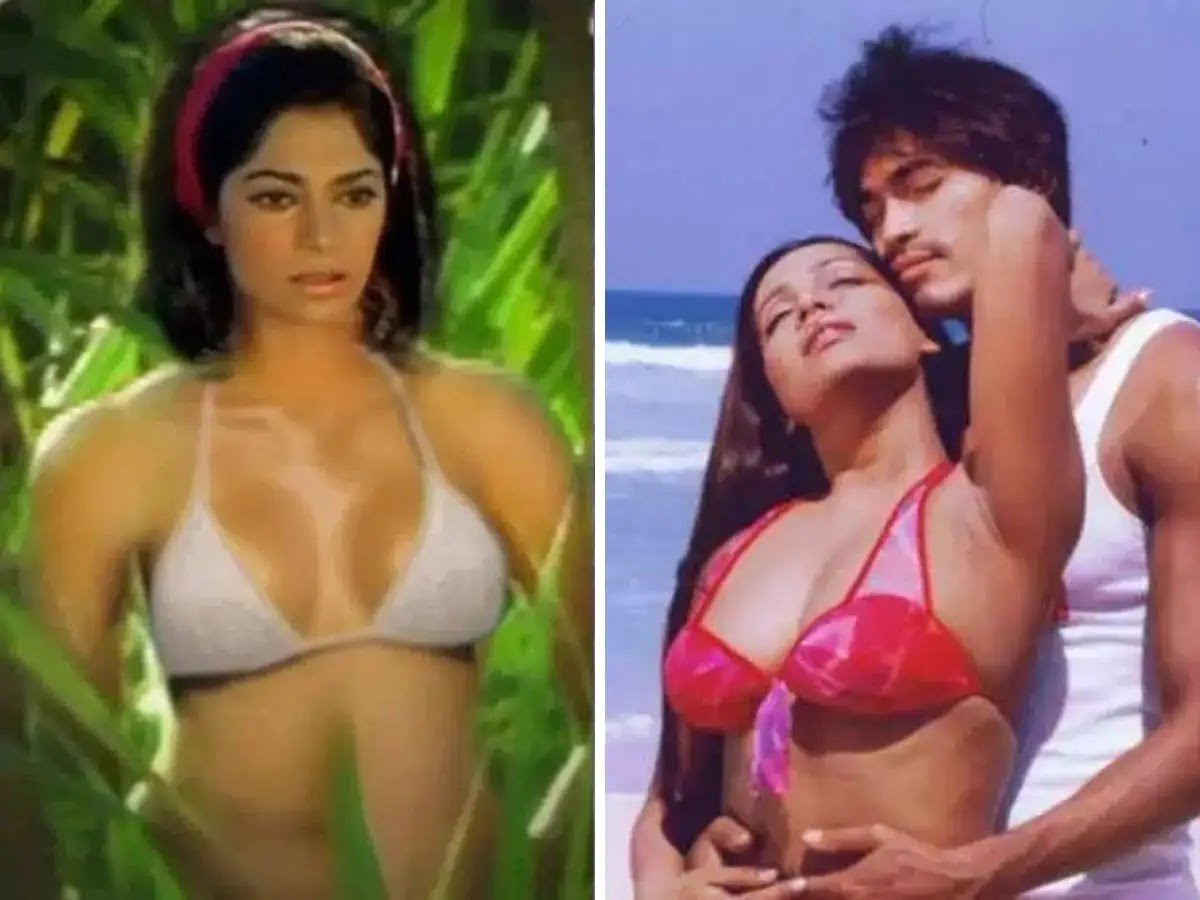Table of Contents
Sonal held Preeti responsible for her boyfriend Aman’s suicide and hatched a plot to live like the two in style together. While Bollywood narratives are full of drama, some have often inspired real-life crimes. Though these were just movies that came out for entertainment, some of its crime, revenge, and thrill stories could have misled a couple gullible brains to blur the thin line of overall fiction. 10 Bollywood Movies that have brought out the most dead if you believe in this accusation.
Dhoom (2004)
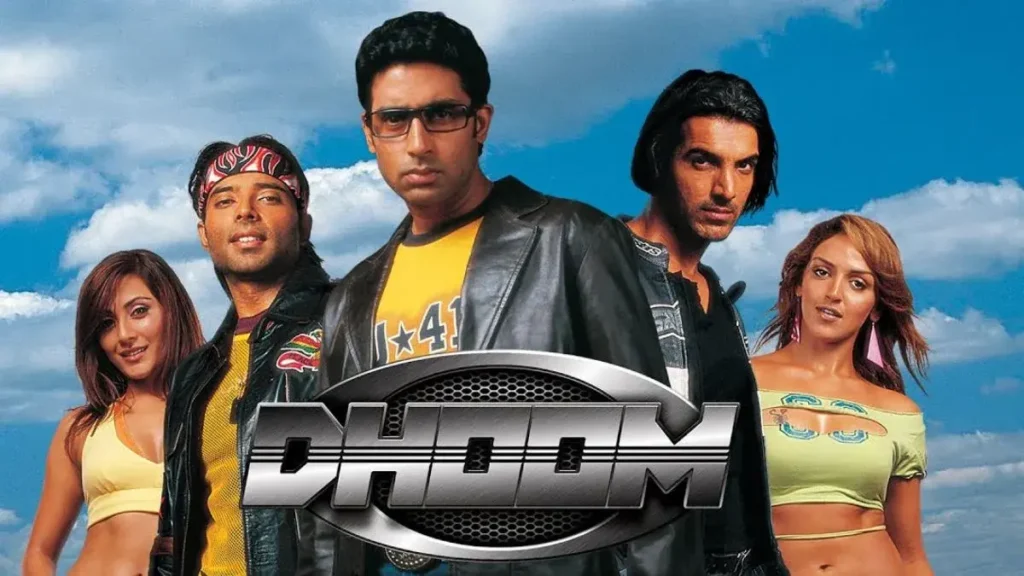
The silver screen saw adrenaline-pumping bike chases and high-stakes robberies come alive in Dhoom. The character biker-turned-thief played by John Abraham was so iconic that it is said to have inspired an increase in bike thefts and robbers on the roads. There were various reports of young people trying robberies similar to the high-on adrenaline heists depicted in Mumbai and Delhi.
Shootout at Lokhandwala (2007)

Depicting the actual encounter between Mumbai police and gangsters, Shootout at Lokhandwala was all about raw violence and urbanship. The film was laudatory of police courage, but in the process it turned a little bit soppy with the underworld. The movie was even directed to some real-life violence and crimes where people lashed out on one another in the name of their Gangster gods.
Oye Lucky! Lucky Oye! (2008)
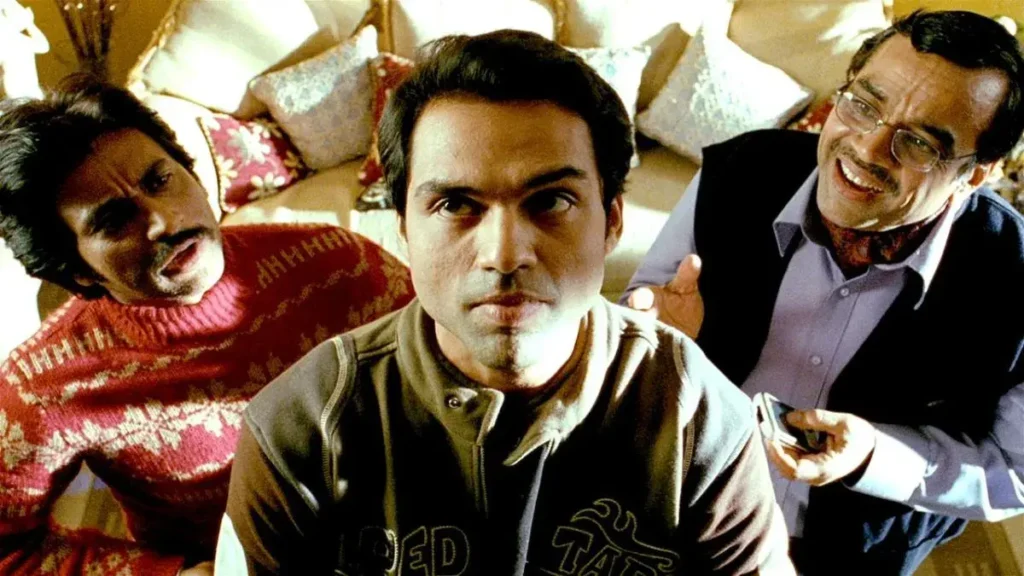
The movie, which was also made on the life of a real-life thief named Bunty, portrayed a witty and sly con artist to perfection in its unique heist-based storyline. The lead introvert played by Abhay Deol was smart and witty and dared me to think criminal activities cool. But, as the movie was released, it motivated a series of criminals to commit burglaries and thefts, with some referencing the film itself.
Drishyam (2015)
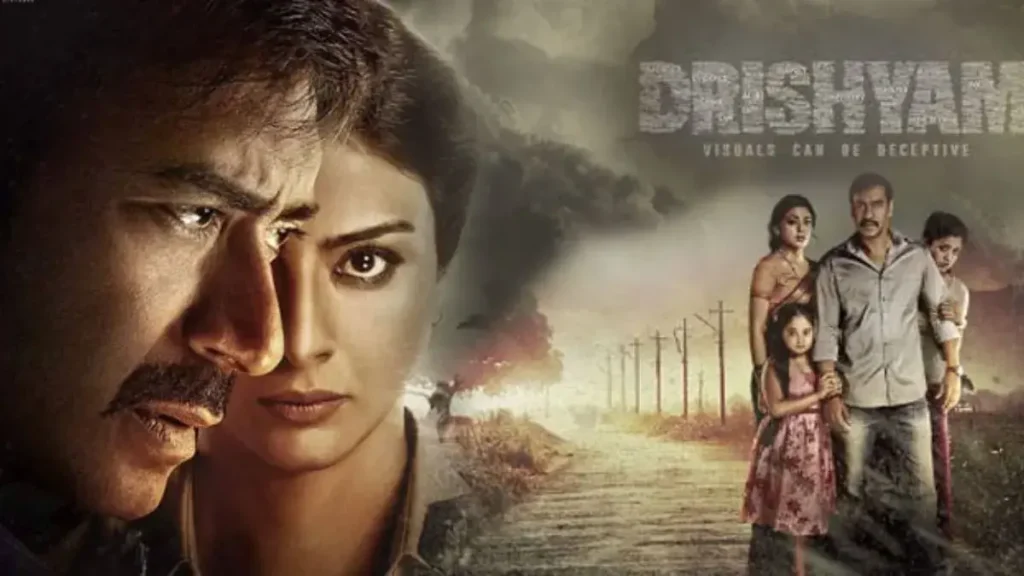
The story of Drishyam was about a methodical man who did everything in his power to hide an accidental crime he had committed for the sake of saving his family. The film may have enticed audiences, but apparently it also emboldened others to get away with real-life crimes using similar tactics. In Delhi, a family was caught removing the evidence, like in Taish.
Bombay (1995)
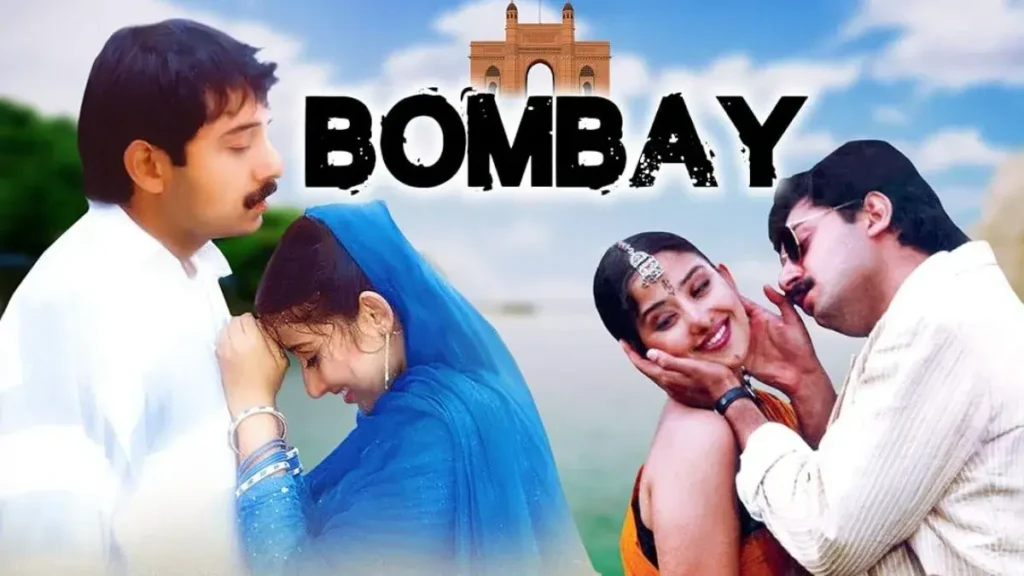
Bombay was an effective statement on anti-Muslim sentiments during true-life Bombay riots when it talked about a love story between a Hindu and his bride of a different religion. Yet in the depiction of the violent 1992-1993 Bombay riots, it touched an emotional chord, and some parts came to life raging only—aall across local cinemas. While the film carries a message that one can hardly find fault with, it is burned to burn too intense images of communal clashes across wool in real life.
Kabir Singh (2019)
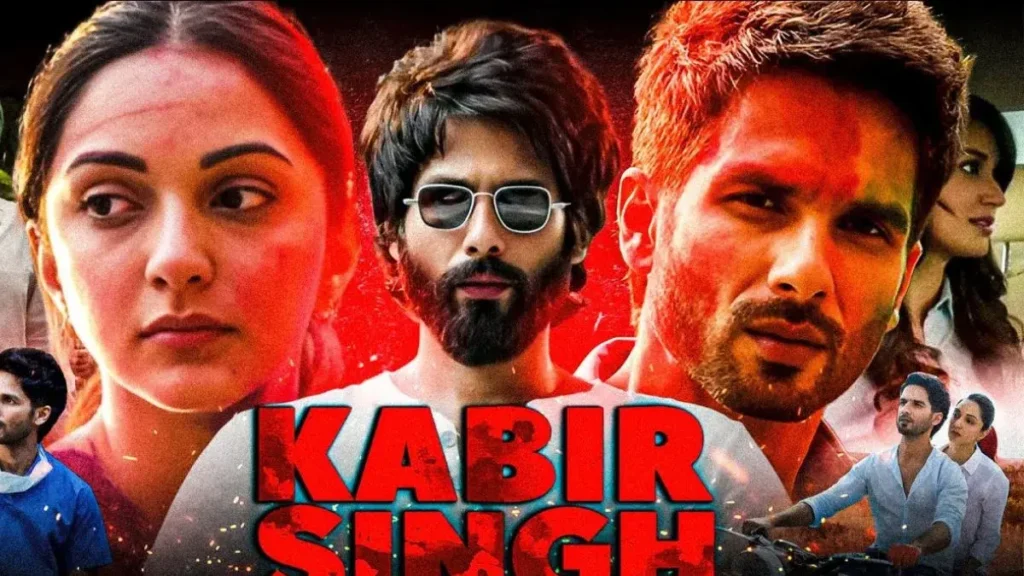
The film Kabir Singh was also dragged into a lot of heat for showing toxic masculinity and self-destructive behavior. Over the coming months, a number of cases were reported where men allegedly exhibited behavior similar to that in the film and even committed violent crimes against women.
Vaastav (1999)
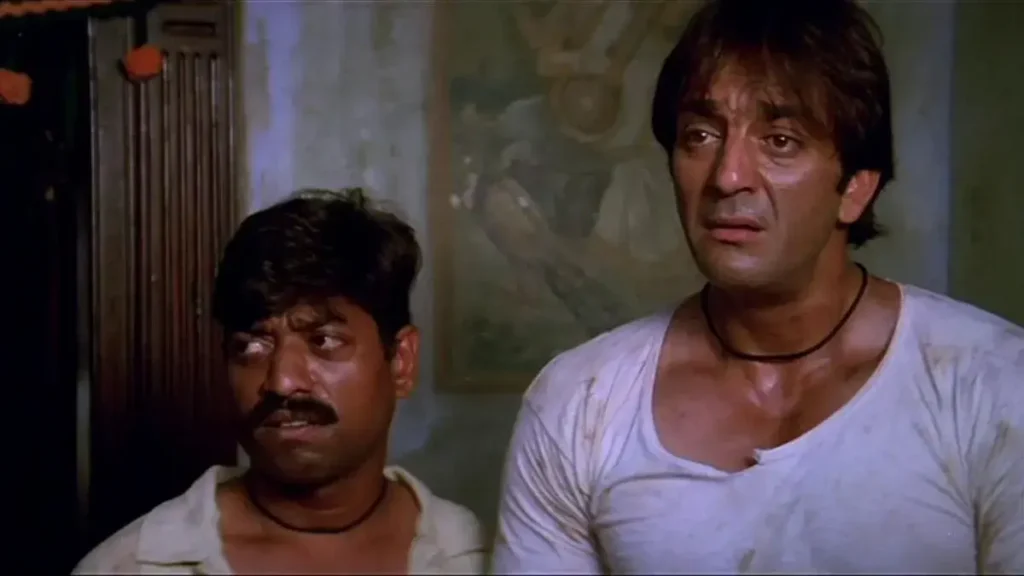
Vaastav: A common man traveling the route from a middle-class life to becoming one of the most feared gangsters in Mumbai was shown extensively. It was still a compelling story, however, one that reportedly inspired some impressionable young viewers to follow the lead character down his criminal path and rise in The Firm. There are some who believe that the film’s realistic representation of the underbelly has confused it with fiction for others.
Badlapur (2015)
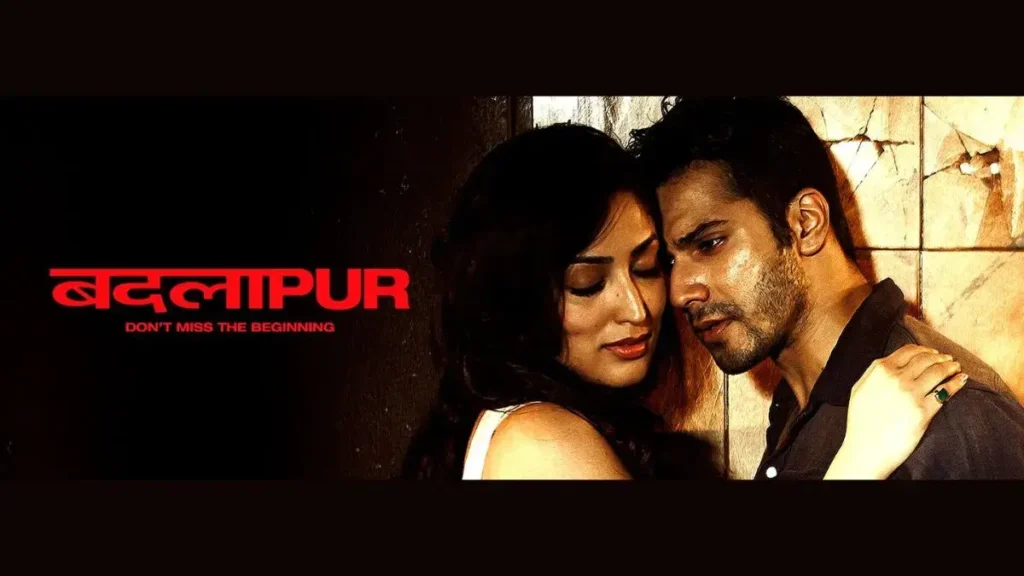
Varun Dhawan plays a character pacing revenge on the loss of his family as well as carrying out some horrific and violent steps in Badlapur. Given the weighty and morally ambiguous way Kogonada frames vengeance in this film, I’m not entirely surprised that some viewers came out of it feeling rattled. Shortly after the movie was released, people started using it as an argument or platform to justify violent payback in response to some of its themes.
Gunday (2014)
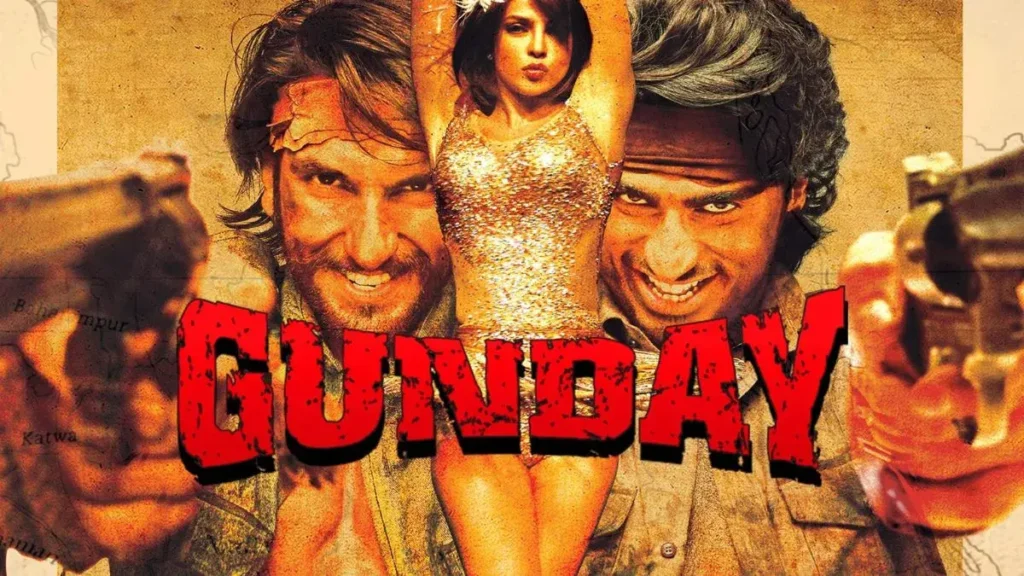
Gunday, set in the coal belt of India, saw Ranveer Singh and Arjun Kapoor as two anti-heroes who became powerful via their deeds to attain it. Rumors stir various stories of robberies and gang incidents allegedly inspired from the movie to those who supposedly saw this as an opportunity, a lifeline in achieving power by way of crime, which paints entertainment business on one vain-glory path and boosts once more that hey, your ticket is valid for show time can now also be used somewhere else speared through vice grips hidden deeply within such vital-like clamor.
Once Upon a Time in Mumbaai (2010)
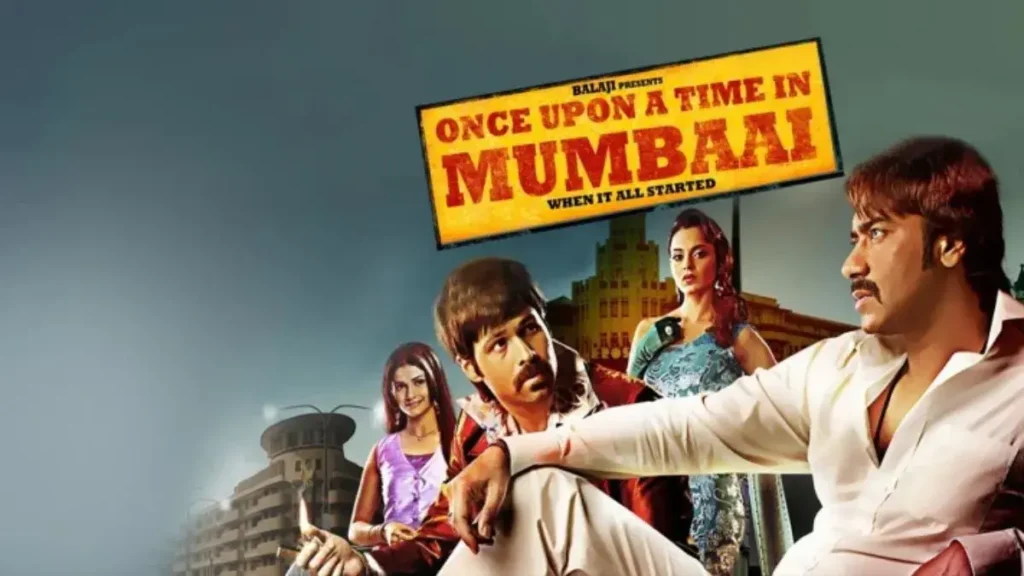
The Bollywood film Once Upon a Time in Mumbaai recounted the saga of the Mumbai underworld and was centered around the growth of the mafia don. The movie tried to tell about the other side of criminal life, but it is going too hot, so many feel The Sopranos are making people glorify the mafia lifestyle. After the film was released, police said they had experienced a rise in youth-related crimes, with young offenders saying that respect for mafiosi dons was based on their portrayal in Goodfellas.









